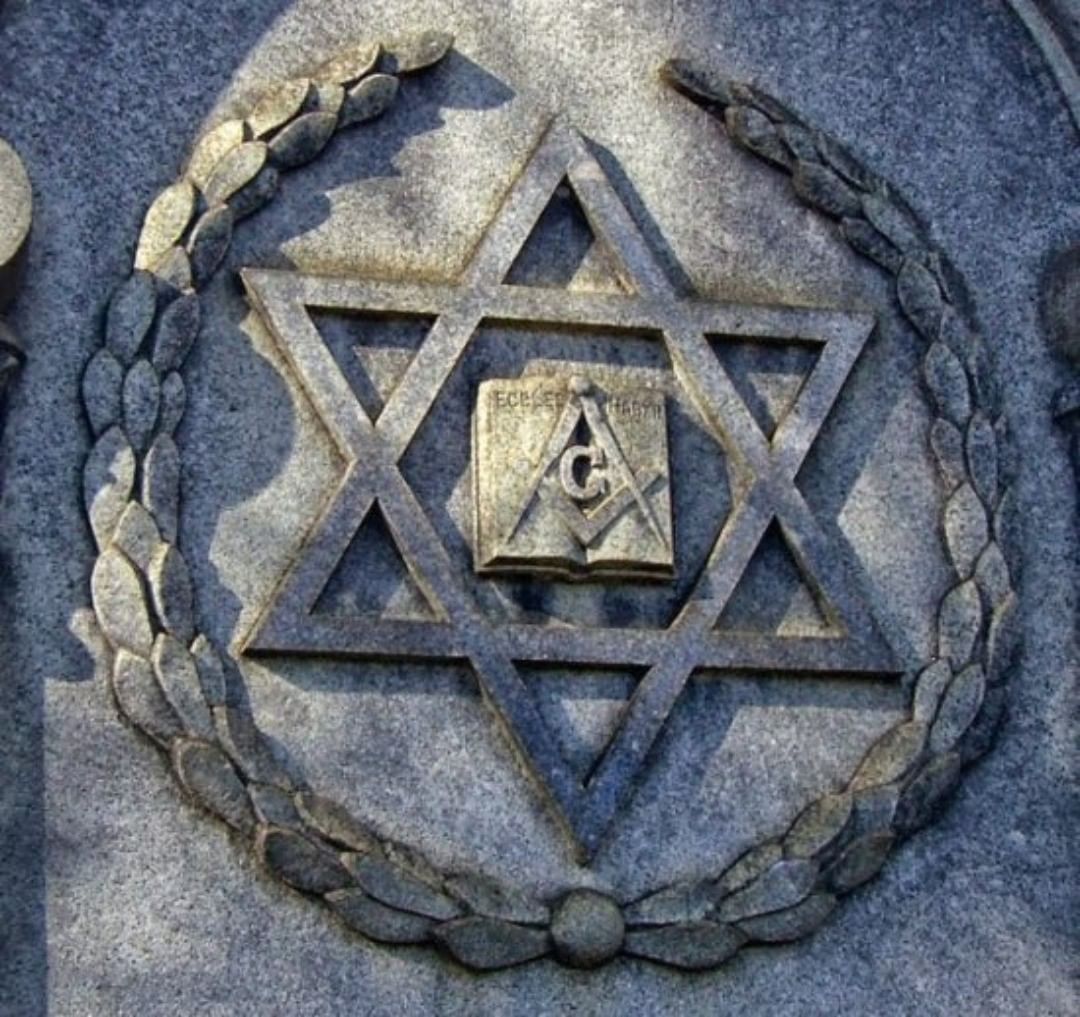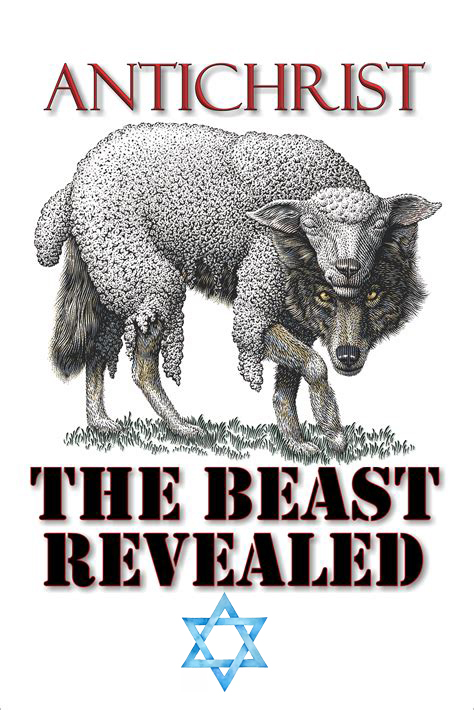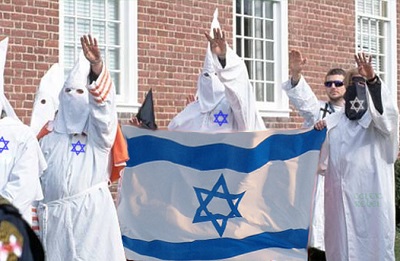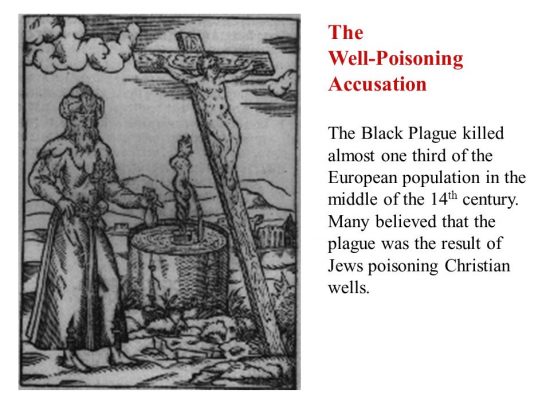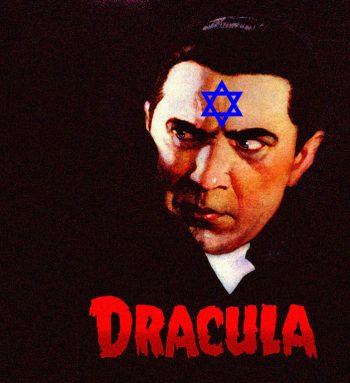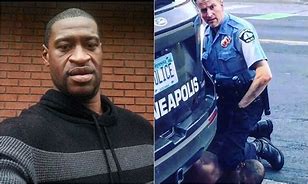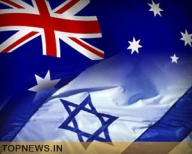By
Ben Griffiths
16:30 EST, 26 June 2012
|
17:06 EST, 26 June 2012
A rare Second World War fighter plane will return to the skies above Cambridgeshire this weekend in a recreation of the battles fought over occupied Europe 70 years ago.
The P-47 Thunderbolt has been carefully restored to its wartime condition by The Fighter Collection, a private squadron of vintage aircraft owned by entrepreneur and pilot Stephen Grey and based at historic Duxford Airfield.
Having arrived in Britain in a shipping container in the early 1990s, the aircraft only recently finished a series of tests allowing it to be displayed to the public at this weekend’s Flying Legends Airshow, regarded as the best in Europe for lovers of vintage military aircraft – so-called ‘Warbirds’.

The P-47 Thunderbolt played a key role for American air force U.S. soldiers arrived in Britain to join the fight in Europe
The Thunderbolt was a key fighter for the American air force when soldiers and airmen from the United States arrived in Britain to join the fight against Nazi Germany. At the time it was one of the largest and heaviest fighter planes ever built.
Decorated ace American fighter pilot James Goodson described his first sight of the P-47 on swapping them for his beloved Spitfire.
‘We gazed up at these great, solid aircraft in amazement. They looked like whales and the nimble little Spitfires, like darting minnows.’
Later he learned to appreciate the huge machine’s qualities, saying: ‘The P-47, in spite of its weight and size, was an amazing aircraft.’
Another pilot described an aeroplane that ‘climbed like a homesick angel and dived for the deck like a rock’.

Cutting through the clouds: The plane has been painted to represent an aircraft flown in late 1944 to fight the Luftwaffe and escort the heavy bombers

The plane it is modelled after was called ‘Snafu’ and was flown by an American Lieutenant called Severino B. Calderon
One of the American squadrons, the 78th Fighter Group, was based at Duxford, which had earlier hosted RAF Spitfires and Hurricanes during the Battle of Britain and is today home to the Imperial War Museum.
From spring 1943 the Thunderbolts of the 78th began escorting heavy B-17 and B-24 bombers of the Eighth Air Force from their East Anglian bases on dangerous missions over occupied Europe.
The Fighter Collection’s P-47 has been painted to represent ‘Snafu’, the aircraft flown by Lieutenant Severino B Calderon of the 78th in late 1944 to battle enemy Luftwaffe fighters and escort the heavy bombers.

Master of ‘Snafu’: Lieutenant Severino B. Calderon pictured next to his ‘War Eagle’ plane with a picture of the American Eagle attacking a swastika painted on it
The 78th destroyed 668 enemy aircraft and damaged more than 400 before victory in Europe was declared in May 1945.
The vicious aerial fighting claimed the lives of more than 30,000 American airmen and left 14,000 wounded of the 135,000 men who flew in combat over the continent.
The Fighter Collection’s Thunderbolt is one of only two machines in the world today, having been built at the Curtiss aircraft factory in Buffalo in 1943. It never saw action in combat, being used for training before being sold to a series of private collectors in America.
After spending more than decade packed in a shipping container in Essex, the aeroplane was stripped into components for rebuilding by experts from around the world.
Last year it was given a special paint job to represent a Thunderbolt based at Duxford during the war.

A P-47 Thunderbolt with ground crew members at Duxford during the Second World War
-
 Devastated Rielle Hunter reveals she has SPLIT from John…
Devastated Rielle Hunter reveals she has SPLIT from John…
-
 RICHARD KAY: How Kate’s curtsies hurt royal reform
RICHARD KAY: How Kate’s curtsies hurt royal reform
-
 TSA agent opens jar of man’s ashes, spills them on the…
TSA agent opens jar of man’s ashes, spills them on the…
-
 Woman paralysed after falling 20 feet from a tree while…
Woman paralysed after falling 20 feet from a tree while…
-
 Army wives strip off to show their support: Awareness…
Army wives strip off to show their support: Awareness…
-
 Woman, 24, ‘seduced boy, 15, in tanning room as his mom…
Woman, 24, ‘seduced boy, 15, in tanning room as his mom…
-
 Hilarious moment dock collapses during wedding photo…
Hilarious moment dock collapses during wedding photo…
-
 ‘He was found with blood and fur all over him’: US man on…
‘He was found with blood and fur all over him’: US man on…
-
 ‘Rotting food, urine, and feces’: Boy, 2, found locked in…
‘Rotting food, urine, and feces’: Boy, 2, found locked in…
-
 FBI rescues 79 child sex slaves in massive three-day…
FBI rescues 79 child sex slaves in massive three-day…
-
 Camden, city of ruins: Depressing images of once-thriving…
Camden, city of ruins: Depressing images of once-thriving…
-
 How U.S. Army spent $5BILLION on ‘failed’ pixel…
How U.S. Army spent $5BILLION on ‘failed’ pixel…
Share this article:
Here’s what other readers have said. Why not add your thoughts,
or debate this issue live on our message boards.
The comments below have not been moderated.
-
Newest -
Oldest -
Best rated -
Worst rated
A truly beautiful restoration and a tribute to all that flew them.
Report abuse
Beautiful, machines designed by man and built by man, never will we see their like again.
Report abuse
The P-47 was nicknamed the ‘Jug’, short for ‘Juggernaut’, because it was huge for a single seat fighter. This particular aircraft’s name, ‘Snafu’, is WW2 slang, an acronym for ‘Situation Normal, All “Fouled” (euphemism…) Up. Other contemporary acronyms from the same stable were ‘FUBAR’ (“Fouled” Up Beyond All Repair) and JANFU, which stood for “Joint Army-Navy ‘Foul’Up”.
Report abuse
wow, would love to see this…the “jug” was the unsung hero of the ETO (European Theatre of Operations) whereas the more famous P-51 got the accolades. Rather like the relationship between the Hurricane and the Spitfire in the public’s consciousness
Report abuse
The views expressed in the contents above are those of our users and do not necessarily reflect the views of MailOnline.
 RSS Feed
RSS Feed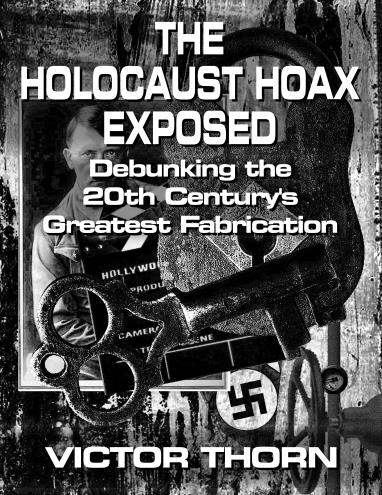
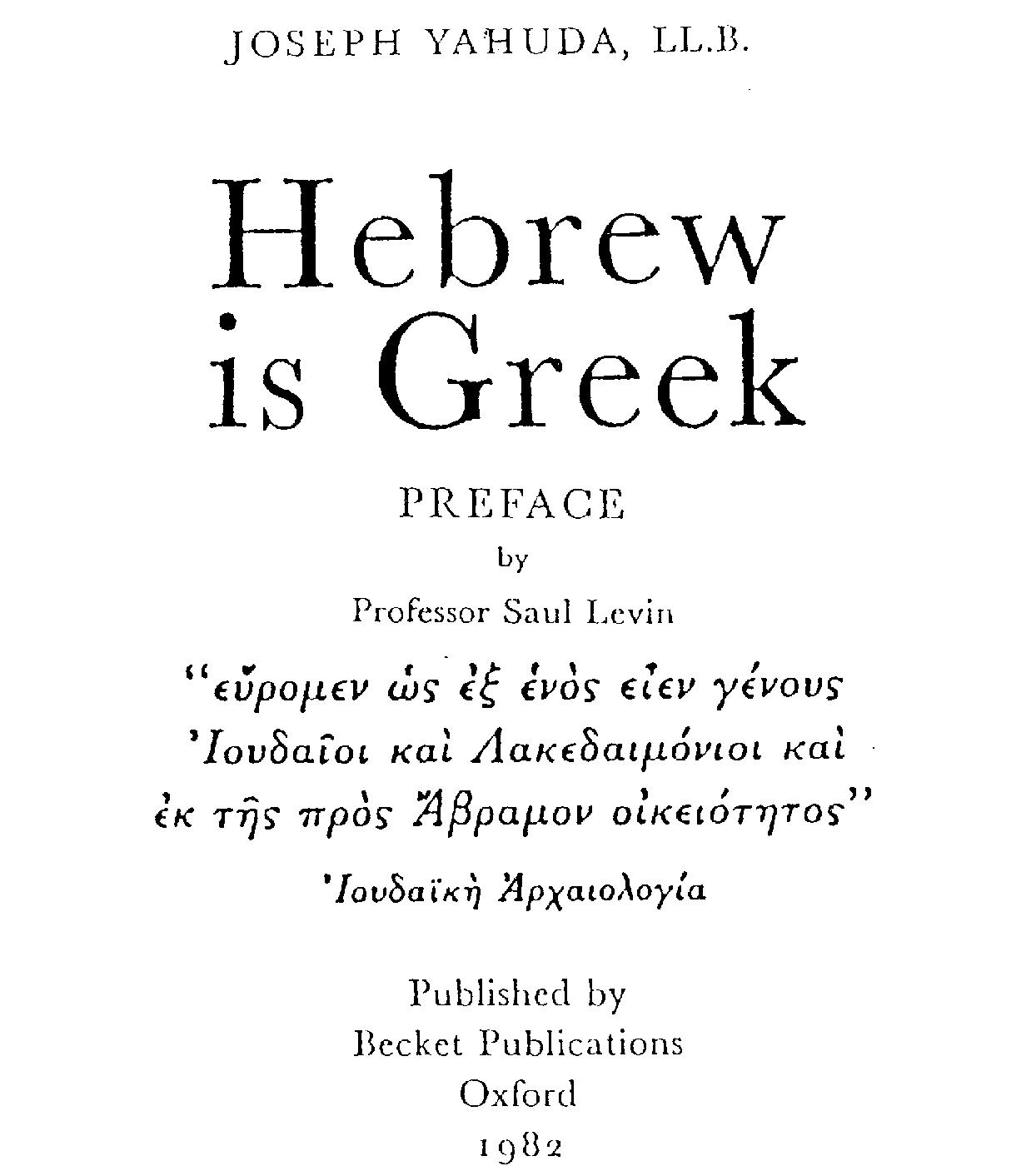


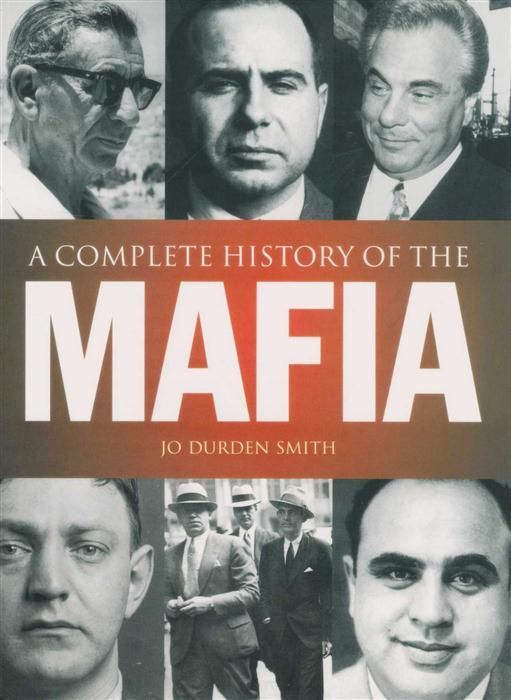
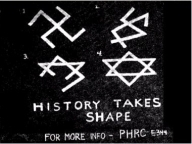


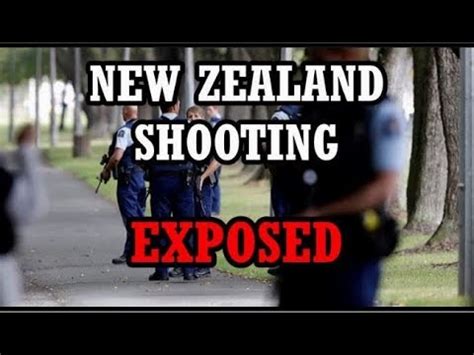







 June 27th, 2012
June 27th, 2012  FAKE NEWS for the Zionist agenda
FAKE NEWS for the Zionist agenda  Posted in
Posted in  Tags:
Tags: 